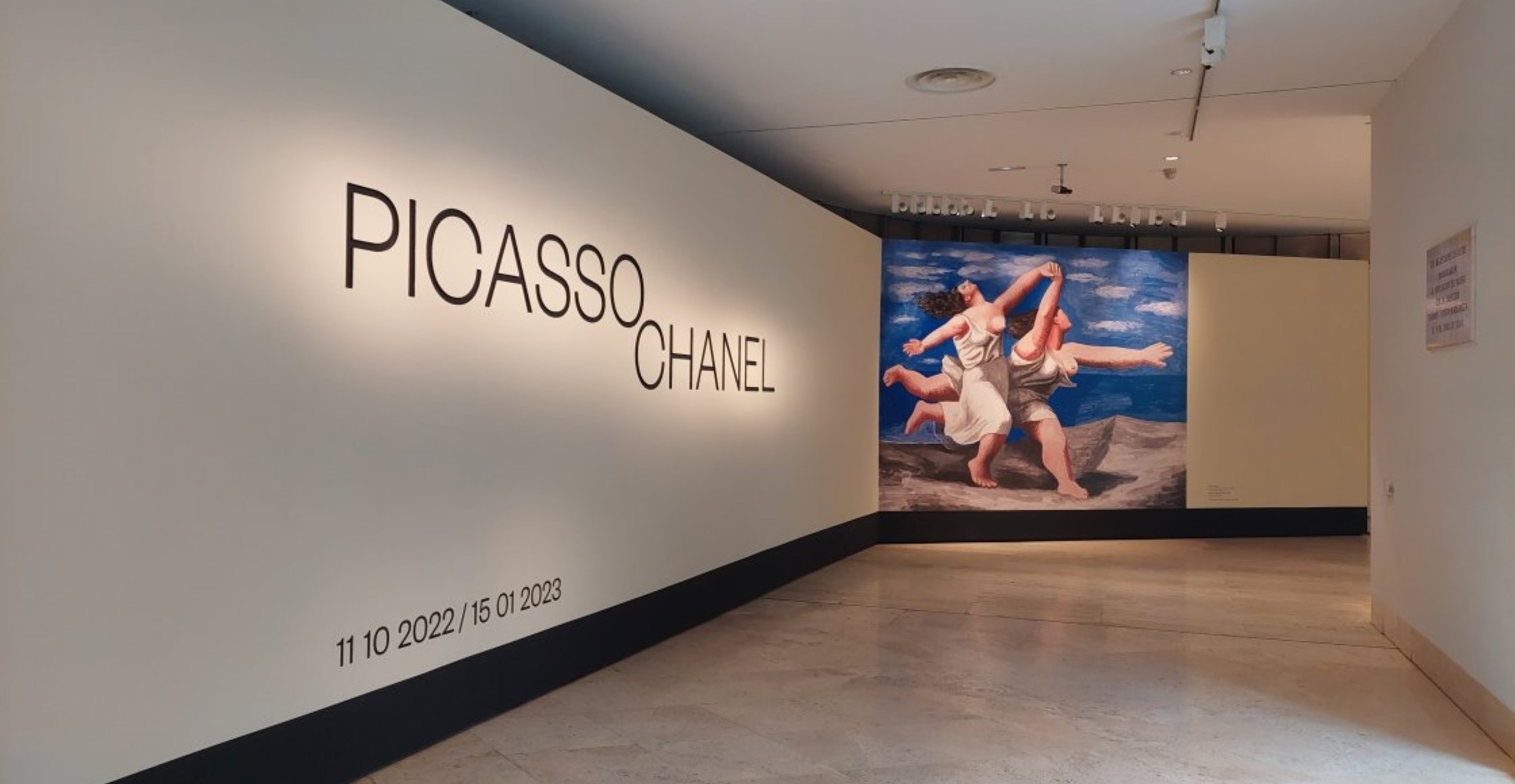
Chanel and Picasso: An exhibition examining the mythic duo’s mutual inspiration
Fashion and visual arts go hand in hand. This autumn, the Thyssen-Bornemisza National Museum of Art in Madrid has organised an exhibition that creates a dialogue between Pablo Picasso's paintings and iconic Chanel pieces.
Discover what Pablo Picasso and Chanel had in common before visiting this beautiful show.
Paris: The epicentre of the art world
Artist Picasso and clothes designer Gabrielle Bonheur aka "Coco" Chanel were both based in France. Chanel was born there and Picasso was born in Spain but lived in Paris for most of his adult life, having moved there at age 19 without speaking a word of French.
A close friendship and fruitful collaborations
Picasso and Chanel became close friends and ended up working together. They met in 1917, most likely through either the art critic Jean Cocteau or Misia Sert, a Polish pianist who owned an artistic salon in Paris.
Article slider: "22: Chanel and Picasso"
Photo 1 - Gabrielle (Coco) Chanel (1928); Photo 2 - Pablo Picasso (1908) © Wikicommons
These two creative geniuses of the 20th century worked together on two major projects: On 'Antigone' (1922) with Jean Cocteau and on Serge Diaghilev’s 'Le Train Bleu' (1924) for his Ballets Russes.
During their professional relationship they deeply inspired each other, as reflected in their work during those years. And that’s what Madrid's Thyssen Museum explores in this incredible exhibition through four different themes.
The first section, 'The Chanel style and Cubism', is self-explanatory. It reveals the roots in cubism that Chanel sought in Picasso’s innovative style. She applied this geometric language alongside the color palette that accompanied the movement. The angular lines and the collage effect in black, white, and brown were key characteristics of her designs during this period.
Article slider: "23: Pablo Picasso Woman’s Head"
Photo 1 - Pablo Picasso “Woman’s Head”, 1909-1910. Museo Nacional Centro de Arte Reina Sofía, Madrid © MNCARD © Sucesion Pablo Picasso, VEGAP, Madrid, 2022. Photo 2 - Gabrielle Chanel “Dress”, ca. 1926. Staalitche Museen zu Berlin, Kunstgewerbemuseum
The second section, entitled 'Olga Picasso', focuses on Picasso’s many beautiful portraits of his first wife, the Russian ballerina Olga Khokhlova — one of Chanel’s devoted clients.

Another section, titled 'Antigone', is about the time they worked together on the modern-day adaptation of Cocteau of Sophocles’ play. Picasso worked on the sets and masks, while Chanel made the costumes.
Article slider: "24: Antigone section"
Photo 1 - Pablo Picasso “Three Woman by a Fountain”, 1921. Private Collection, courtesy Tobias Muller Modern Art Zurich. Photo 2 - Gabrielle Chanel “Evening Dress”, 1927. Patrimoine de Chanel, Paris
'Le Train Bleu' ballet
The last section of the exhibition is devoted to another project they collaborated on, thanks to Cocteau. Titled 'Le Train Bleu', it’s a ballet created by Diaghilev in 1924 based on a scenario by Cocteau, inspired by activities that were fashionable in the early 1920s, such as sunbathing and sport. 'Two Women Running along the Beach (The Race)', a small gouache which Diaghilev encountered in Picasso’s studio, was transformed into the image for the work’s front cloth and the artist also accepted the commission to illustrate the programme. Chanel, meanwhile, created costumes for the dancers, inspired by the sport outfits she made both for herself and for her clients.
Article slider: "27: Le Train Bleu ballet"
Photo 1 - Pablo Picasso “The Bathers”, 1918. Musée national Picasso-Paris. Photo 2 - Gabrielle Chanel “3-piece sport ensemble”,1927. Patrimoine de CHANEL, Paris
Picasso and Chanel blew each other's minds with their own particular ways of creating art. As the curator of the exhibition states on the Thyssen Museum's website, “Picasso and Chanel coincided in a particular time and place but, more importantly, they shared the same aesthetic and conceptual vision."
Information:
Picasso / Chanel
October 11 2022 – January 15 2023
Museo Nacional Thyssen-Bornemisza
Paseo del Prado, 8
28014 Madrid
